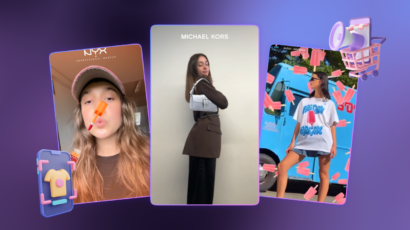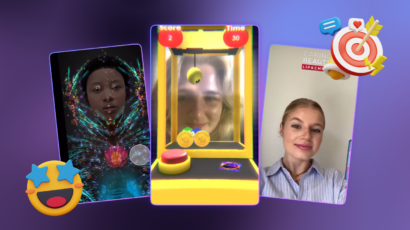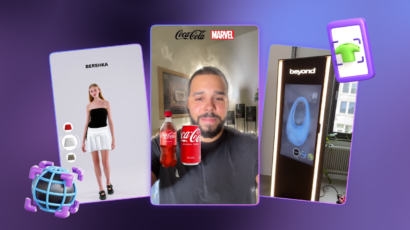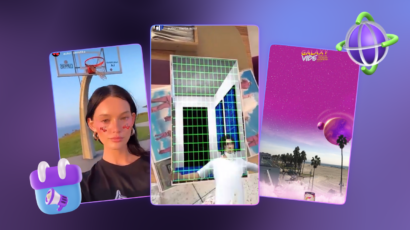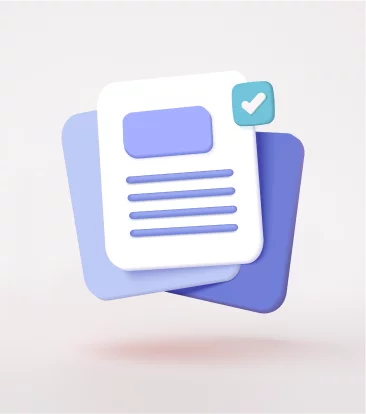The automotive industry is a prime example of unwavering commitment to excellence in a setting driven by ongoing innovation. The fusion of Augmented Reality (AR) and automotive marketing has emerged as a game-changing hidden weapon as we race towards a future dominated by cutting-edge technology. This blog post delves into the dynamic world of augmented reality and examines its profound impact on the automotive sector.
Understanding Augmented Reality: Combining Real World Experience with Digital Magic
Let’s dispel the myths around AR before we get into the fascinating case studies. At its foundation, augmented reality is a technology that adds digital aspects to the physical world. It is like putting a layer of digital wizardry onto the reality-based canvas. By overlaying computer-generated images, sounds, or other data on top of the user’s perspective of the real world, AR achieves this. Real and digital blending gives up a world of opportunities, making it a crucial tool in contemporary marketing.
Case Studies and Types of AR: Turning Dreams into Reality
Join us as we explore compelling case studies from well-known companies like Mercedes-Benz, Porsche, Audi, and Rimac that demonstrate the tremendous influence AR has had on their strategy and results.
AR Image Tracking: Bridging the Gap between Digital and Reality for Enhanced Engagement and Conversion
The use of AR’s Image Tracking feature has caused a fundamental shift in marketing tactics within the automotive sector. The effectiveness of AR Image Tracking to increase brand awareness, engagement, and consumer interest is demonstrated by three important case studies from renowned automakers Rimac, Porsche, and Mercedes-Benz.
Boosting User Interaction and Brand Recognition: Rimac’s 360 AR Filter
Rimac aimed to raise brand recognition and boost engagement among its fan base. Rimac took a novel technique by utilizing a 360 AR filter. This filter gave users the option to easily incorporate the 3D Rimac Nevera into their real-world images, giving fans an engaging and dynamic experience.
As for results, engagement on social media sites where the filter was marketed increased by 45%, demonstrating a high level of audience resonance. The campaign also succeeded in increasing brand awareness among the target population by 30%, highlighting the power of AR to make a lasting impact. Users engaged with the AR filter for an average of 5 minutes, demonstrating the significant user interest and interactivity and the allure of this marketing strategy. A substantial 20% rise in inquiries and interest in the Rimac Nevera model was another tangible result of the campaign’s ability to translate user curiosity into results.
Unlocking Brand Recognition and Conversion: Porsche’s AR Campaign
By combining LEGO with Porsche, the AR Marketing Campaign aims to increase brand recognition and participation. The LEGO® Porsche 911 (10295) model kit was another item that the campaign aimed to encourage consumers to buy. Users were able to digitally assemble and explore the LEGO® Porsche 911 models on their smartphones or tablets thanks to this interactive campaign’s usage of AR and image-tracking technologies.
Website traffic increased by 30%, social media interaction increased by 25%, and AR engagement that indicated purchase intent increased by 15% during the campaign. It also saw a 10% boost in favorable user-generated content and sentiment about Porsche and LEGO®, demonstrating their productive partnership.
Elevating Engagement and Brand Awareness: Mercedes-Benz’s Immersive AR Experience
Mercedes-Benz launched a strategic marketing strategy in an effort to increase engagement and brand awareness. In order to access an immersive AR experience, users can scan the Mercedes-Benz emblem in print advertisements or billboards. Through this AR experience, users could examine 3D car models, alter characteristics, and even go for virtual test rides.
The average user engagement time increased by 40% to 5 minutes, demonstrating the engaging interaction of AR. Through increased social media mentions, the campaign raised brand awareness by 25%. AR users saw a 15% increase in conversion rates for test drives and showroom visits, proving the technology’s effectiveness in encouraging practical activities.
In particular, Image Tracking is highlighted in these 3 cases as having a transforming effect in creating fun, interactive experiences that appeal to fans, boost brand recognition, and pique genuine interest in the products. These case studies serve as an excellent illustration of how AR and Image Tracking have transformed the cutthroat automotive business by developing engaging marketing experiences that engage target audiences and produce quantifiable outcomes, such as higher conversion rates and greater brand visibility.
Enhancing Brand Loyalty and Boosting Sales: Porsche’s AR Filter Solution
Porsche improved the visualization and customizability of Porsche models, sparked interest in Porsche vehicles, and increased brand engagement and consumer connection through its AR filter.
With a 35% increase in app downloads, a 45% increase in user engagement within the app, a 20% boost in lead generation and queries about Porsche vehicles, and a 25% increase in favorable social media sentiment after launch, the results were impressive. These statistics demonstrate how effectively Porsche’s AR strategy engages people and converts their enthusiasm into real sales potential. It shows how AR may have a significant impact on marketing efforts in the automotive sector by providing customers with a personalized and immersive experience that increases brand loyalty.
Driving Engagement and Conversions with Immersive Virtual Showrooms: Audi’s AR Campaign
By strengthening customer connection with Audi’s premium vehicle selection, elevating engagement with potential car buyers, and improving the online car shopping experience, Audi AG’s AR Campaign addressed significant pain points. This ground-breaking campaign made use of an augmented reality filter to provide customers with a virtual showroom experience so they could explore and interact with Audi’s high-end car models in their own environments.
The outcomes of Audi AG’s AR campaign were really encouraging. The app’s user engagement increased by 40%, demonstrating the significant attractiveness of this holistic experience to potential car purchasers. A 30% increase in conversion rates for online test drive requests throughout the campaign also showed that the AR app was successful in converting users’ interest into action. Social media sites responded favorably to Audi’s AR automobile experiences, with shares increasing by 20%. Additionally, the campaign had a big effect on sales, helping to increase online sales of luxury Audi vehicles by 15% while it was running.
Wrapping up: Making Automotive Sales of the Future
AR goes beyond the limitations of conventional marketing, addressing problems, enhancing brand connection, and eventually improving sales. It creates virtual showrooms, improves test drives, individualizes the car-buying process, and transforms training and support.
At a time when innovation is at a crossroads, augmented reality is still developing, suggesting an even more exciting future for the auto industry. It calls out to CEOs, business managers, and industry experts to explore its boundless potential and grab the chance to reinvent car sales in the digital era. The mysterious weapon of the car industry, augmented reality, is here to stay and is influencing a future in which the distinction between the actual world and the digital world is blurred to create an exhilarating new reality. Are you ready to explore it? Schedule a consultation with us and let’s delve together into this AR world of endless possibilities.

